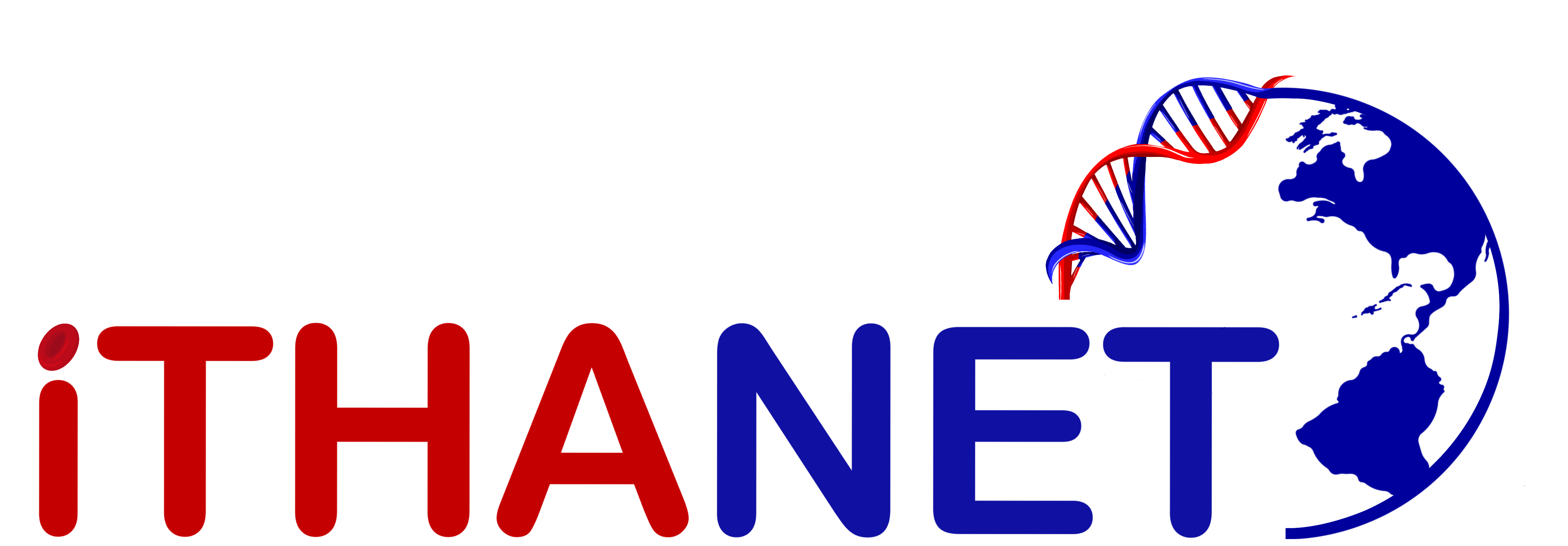GeneID: 87
Names
| Common Name: | SELP | Type: | Gene |
|---|---|---|---|
| Chromosome: | 1 (NC_000001.11) | Locus: | NG_012125.1 (SELP) |
| HUGO Symbol: | SELP | Full Name: | selectin P |
| Exons: | 17 | Introns: | 16 |
Description:
P-selectin is a cell adhesion molecule and the largest member of the C-type lectin family of glycoproteins, with a mass of 140 kDa. It is stored in secretory granules known as Weibel-Palade bodies in vascular endothelial cells and in the alpha-granules of platelets. In response to inflammatory stimuli, P-selectin is mobilized to the cell surface. Once expressed on activated endothelial cells, P-selectin binds to selectin ligands, such as PSGL-1, on rolling leukocytes, directing them to the site of injury. This interaction, along with other chemical mediators, facilitates leukocyte transmigration across the vascular endothelium and the activation of several intracellular signalling pathways [PMID: 39079562].
P-selectin also plays an essential role in homeostasis, coagulation, and the induction of procoagulant microparticles. The SELP gene contains multiple binding sites for specific transcription factors that regulate its expression. Under inflammatory conditions, mediators like TNF-α, interleukins, and endotoxins can elevate SELP gene expression. Overexpression of P-selectin further promotes inflammation and immune responses, contributing to vaso-occlusive crises (VOCs) and disease severity in sickle cell disease (SCD). P-selectin activates and aggregates leukocytes with sickled red blood cells on the endothelium and binds with PSGL-1 on neutrophils to mediate platelet-neutrophil interactions, initiating VOCs. Preclinical trials with P-selectin inhibitors, such as glycosylation inhibitors, heparin, monoclonal antibodies, and DNA/RNA aptamers, have shown promise as therapeutic agents for managing VOCs in SCD. Additionally, genetic variants in SELP have been associated with an increased risk of stroke in both the general population and individuals with SCD, as well as with pulmonary hypertension in SCD.
Synonyms: CD62 , CD62P , GMP140 , PADGEM , PSEL
Comments:
N/A
Number of entries/variants: 5
Sequence Viewer
Publications / Origin
- Sebastiani P, Ramoni MF, Nolan V, Baldwin CT, Steinberg MH, Genetic dissection and prognostic modeling of overt stroke in sickle cell anemia., Nat. Genet. , 37(4), 435-40, 2005 PubMed
- Sperandio M, Selectins and glycosyltransferases in leukocyte rolling in vivo., FEBS J. , 273(19), 4377-89, 2006 PubMed
- Ashley-Koch AE, Elliott L, Kail ME, De Castro LM, Jonassaint J, Jackson TL, Price J, Ataga KI, Levesque MC, Weinberg JB, Orringer EP, Collins A, Vance JM, Telen MJ, Identification of genetic polymorphisms associated with risk for pulmonary hypertension in sickle cell disease., Blood , 111(12), 5721-6, 2008 PubMed
- Flanagan JM, Frohlich DM, Howard TA, Schultz WH, Driscoll C, Nagasubramanian R, Mortier NA, Kimble AC, Aygun B, Adams RJ, Helms RW, Ware RE, Genetic predictors for stroke in children with sickle cell anemia., Blood , 117(24), 6681-4, 2011 PubMed
- Gupta P, Choudhari V, Kumar R, Exploring the genetic mechanisms: SELP gene's contribution to alleviating vaso-occlusive crisis in sickle cell disease., Gene, 928(0), 148805, 2024 PubMed
